I sometimes consider small theater companies to be islands of sanity, beauty, and evolution, and the name of one of them, Archipelago Theatre, in Chapel Hill, North Carolina, evokes that for me. Over the past decade or so one of my friends, writer and dramaturg Nor Hall, has collaborated with the artistic director there, Ellen Hemphill, to create some remarkable productions. The most recent was Out of the Blue, an original work that, in the words of Hemphill:
centers on axial moments, those instances in time when the balance of life shifts unexpectedly – sometimes subtly, sometimes cataclysmically, but always irrevocably – and launches one headlong down an unforeseen path. In this work, we will explore the desire and effort it takes to create balance in our lives, those provocations that tip the balance and change life for all eternity, the ways in which we respond to those changes, and the synergy of multiple axial moments in collision. Out of the Blue examines what is certainly a universally human experience, positioning the sometimes weighty, sometime humorous arguments for destiny and free will squarely against the element of chance.
Quoting John Lennon, "Life is what happens to you when you are busy making other plans." This can be on a mythical, a global and more often, on a mundane daily level. With this large concept in mind, our intention is to create a series of scenarios that bring the characters to the point of change or transformation, most often as a result of something "out of the blue." By creating two worlds of characters: the seen and unseen, we hope to to ignite the imagination of the audience with fresh insight into those moments we tend to forget.
As artists we develop a sort of pattern recognition in order to see what's hidden in plain sight, out everyone's front door. Conveying the emotive power and precarious balance inherent in these scenes requires an unusual team of sense-based artists who can exquisitely craft a common language of movement, sound and visual image.I'll write more about this tomorrow, from Hall's perspective. In the meantime, think about that notion of axial moments. What hits you, out of the blue? The photo here is by Jay O'Berski.

































































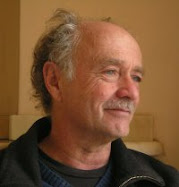











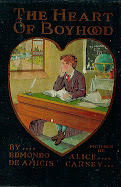


























































.jpg)














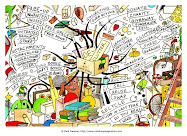












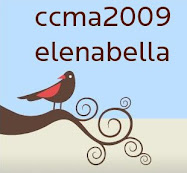





























































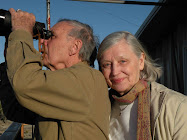















































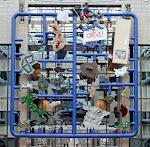.jpg)
















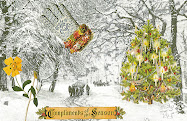
























































































2 comments:
My initial answer to your question, what hits you, out of the blue, is "everything."
But to come at this from maybe a somewhat different perspective, thinking about axial moments --
I conceive of poems as three-dimensional (at least) geometric structures. (Probably other kinds of creative work too, though I'll speak here just about poems.) Moments of perception and memory and experience occur as points in time and space, and through the practice of creative work, we can become somewhat proficient at perceiving patterns, the connections (often initially hidden or obscure) between the various points.
For example, a cluster of flowers in a vase on a windowsill might evoke, in an observer, a recollection of a conversation with a family member some time back, or it might (by shock of contrast) bring to mind a newspaper article from a couple of days ago about the war in Iraq. Let's say there's sunlight coming in through the window, mid-morning. Let's say it's raining. Let's say both, as one's perceptions move back and forth in time between the moments of memory. Let's say that you now think of a painting you saw once years ago, and that leads to a recollection of a view from a window in another place, also years ago, and the sounds from the adjoining rooms in that place years ago. Time folds again and now the place years ago is present time, and there's a thread of music from somewhere.
And so on. The distance and movement from one point to another, in this cluster of perceptions and memories, the network of lines that are drawn from one point to the others, these are what bring the essential geometric structure into conception.
When I feel a poem ruminating and taking shape, I pay attention to the geometry. Once the geometric structure feels coherent -- and I might only get a quick inkling of this, the way you see a landscape for a quick second when lightning flashes -- then I know the poem is ready to come out, and I start writing.
So that when I start writing, it's really as though the poem is already written, in some interior place, and I'm trying to translate the mystery of the interior shape into this external thing made of words on paper. (Someone else, according to their disposition and practice, might translate it into a piece of piano music, or an oil painting, or a dance, or a bronze sculpture, and so on.)
The moment when the geometric structure coalesces, becomes (at least momentarily) illuminated, is what comes to mind when I think about the axial moments you've referred to here. This off the top of my head anyway...
Lyle, a wonderful description of that moment when your head swims –- with geometry memory. (And lightning flashes, too.)
Post a Comment